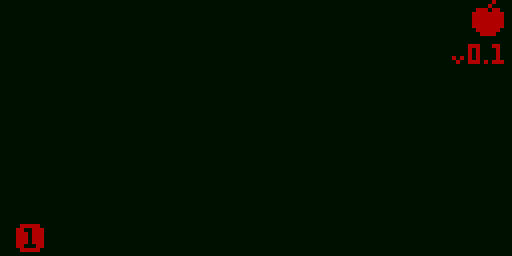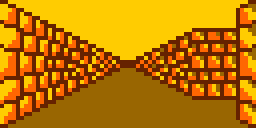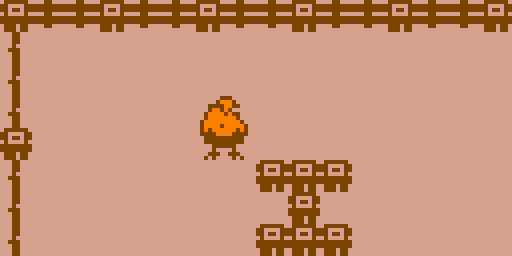The jam has started! Has anyone started? Do you have any ideas?
I have a few ideas. This year my goal is to make on CHIP-8 game targeted at the COSMAC VIP, one SUPER-CHIP game targeted at the HP48 calculators, and one XO-CHIP game. I made two CHIP-8 games that ran on original COSMAC VIP hardware last year, and that was great fun. (I also like turn-based stuff and puzzle games anyway, which is well suited for that.)













